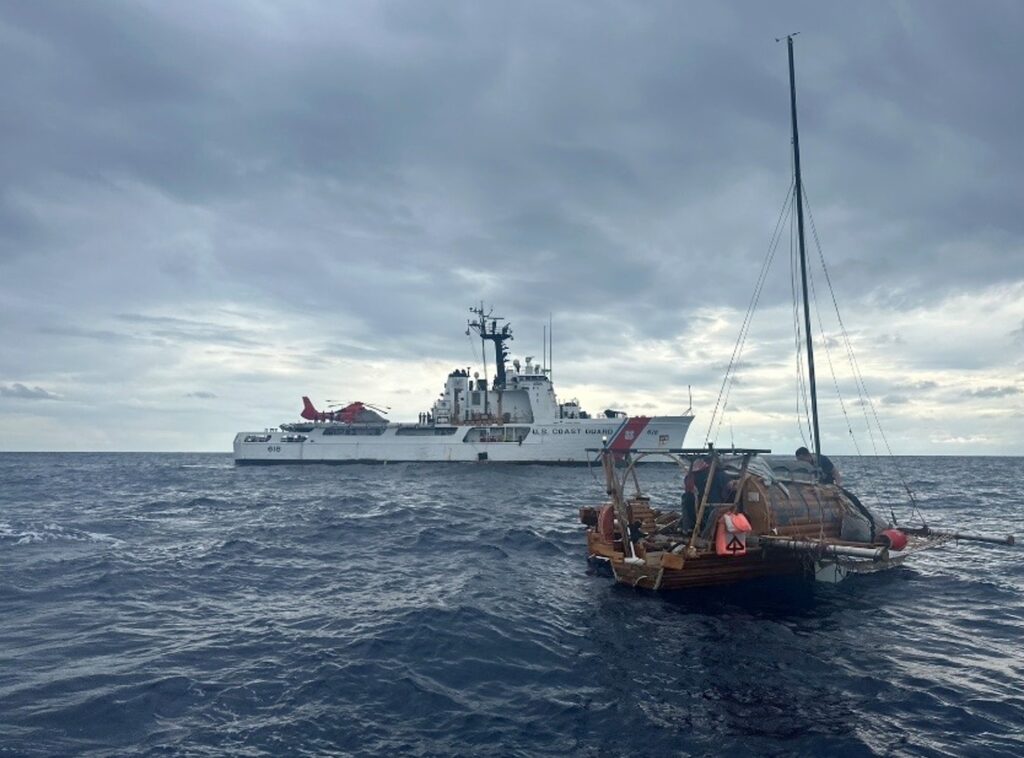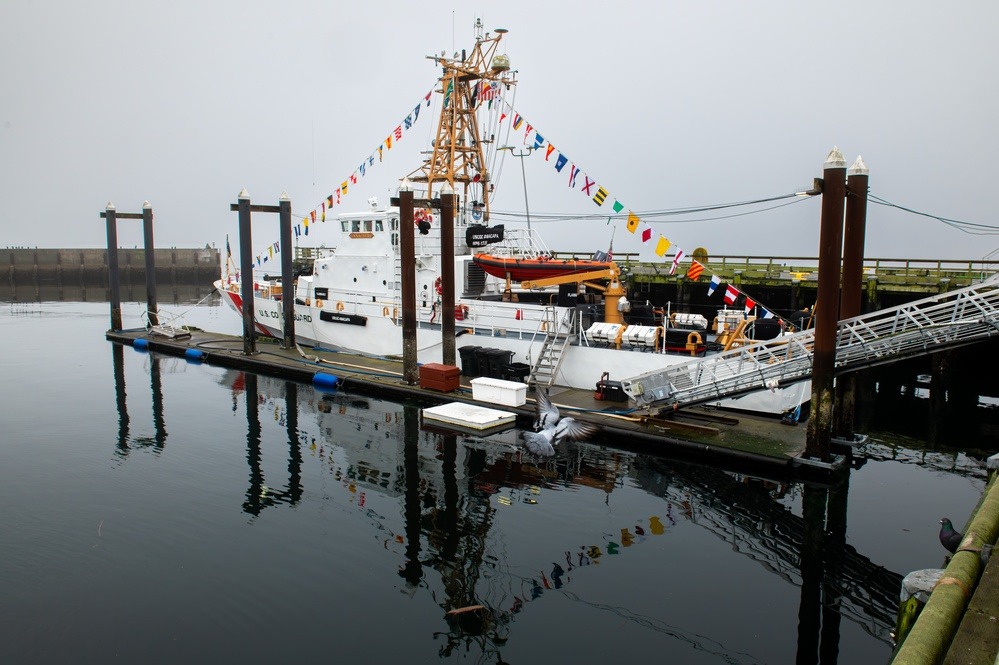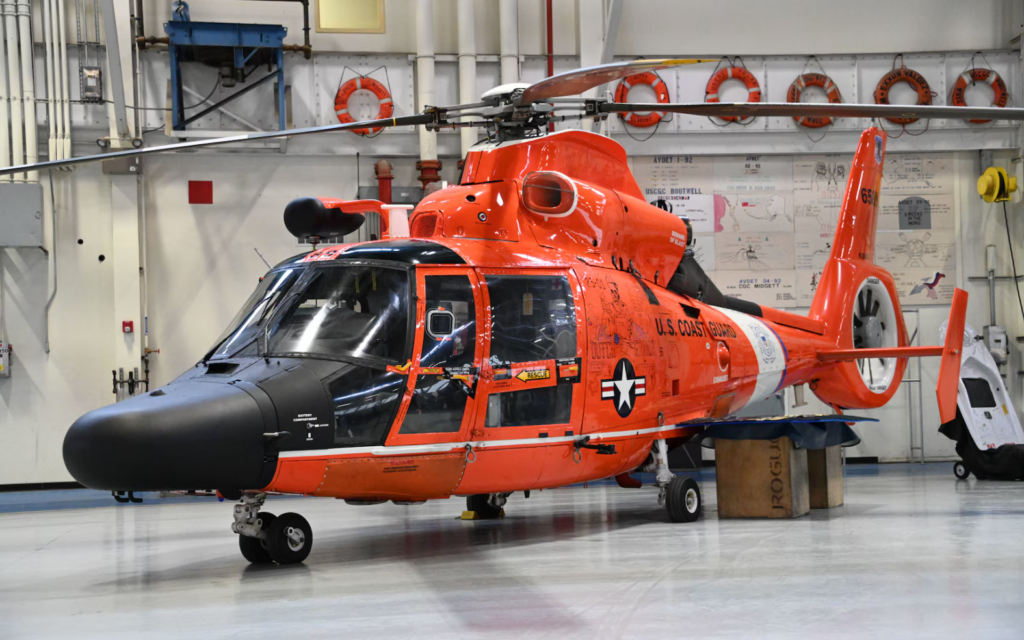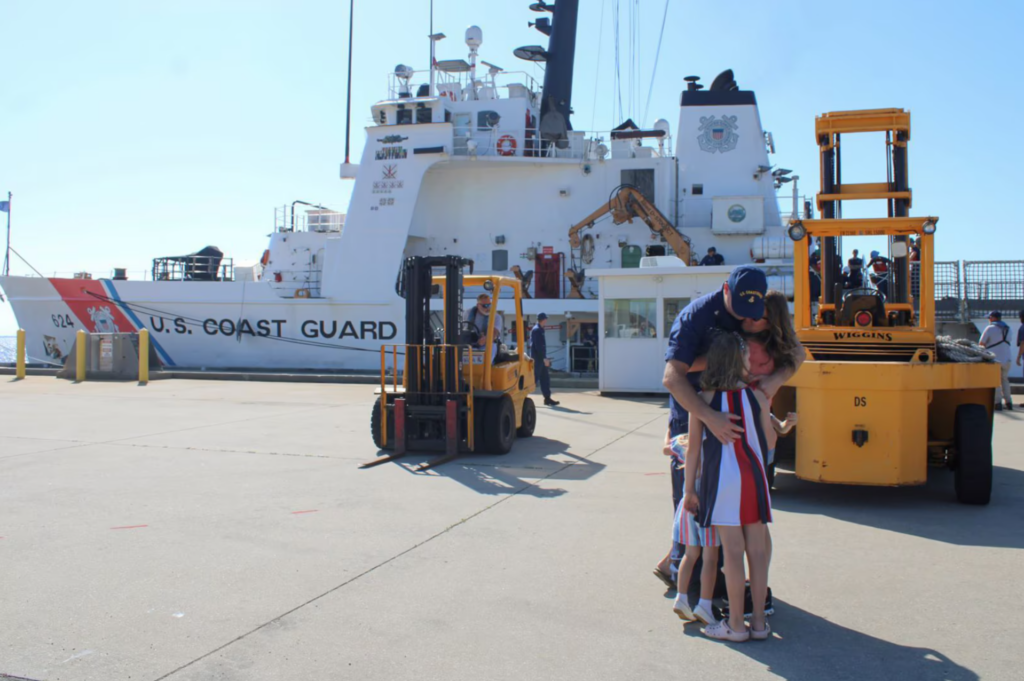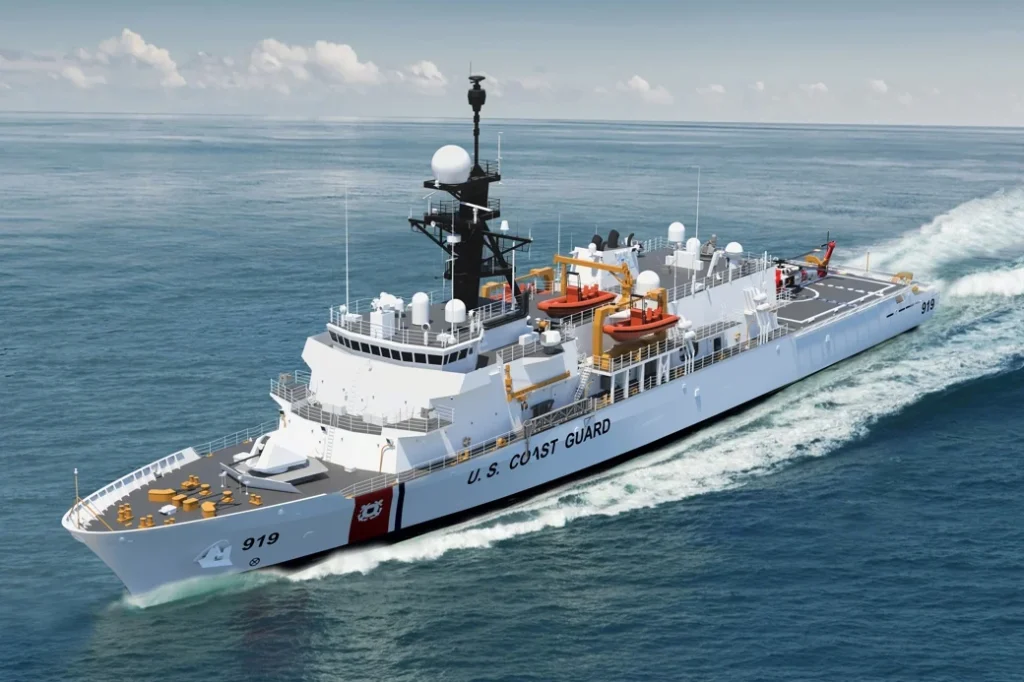USCG Cutter Diligence Returns Home Following Gulf of Mexico Fisheries Patrol and Response to Francis Scott Key Bridge Collapse
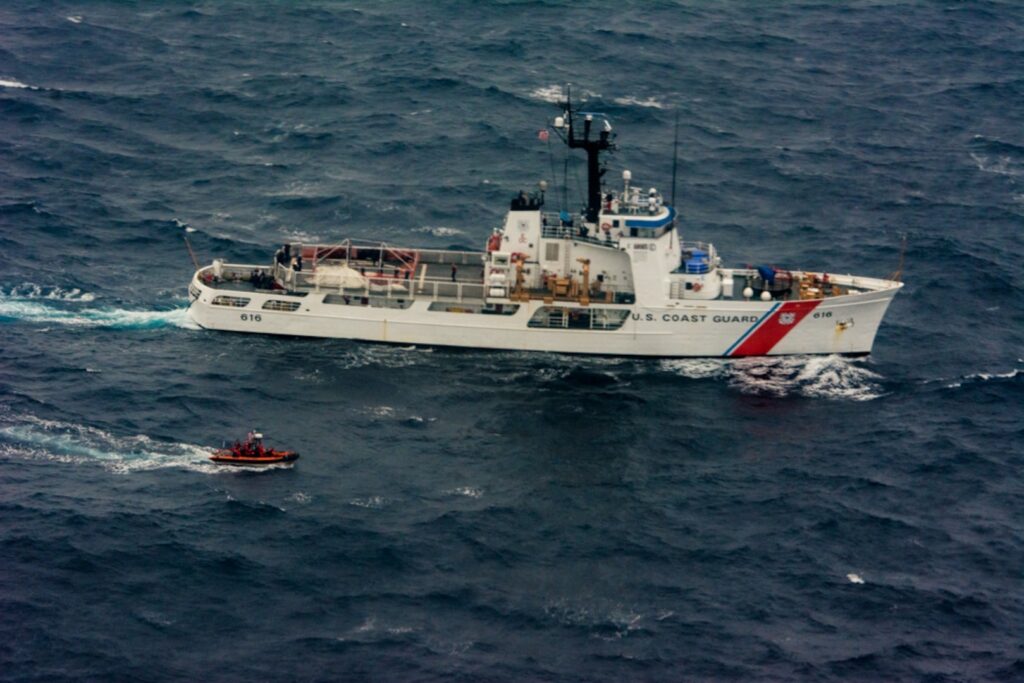
U.S. Coast Guard Atlantic Area, May 6, 2024
PENSACOLA, Fla. — The crew of Coast Guard Cutter Diligence (WMEC 616) returned to their home port in Pensacola April 27 after a two-month deployment spent conducting a living marine resources patrol in the Gulf of Mexico, undergoing a maintenance availability at the Coast Guard Yard in Baltimore, and later responding to the Francis Scott Key Bridge collapse.
Diligence’s crew patrolled within the U.S. Coast Guard Eighth District area of responsibility, based in New Orleans, and supported Coast Guard Sector Corpus Christi’s efforts to counter illegal, unreported, and unregulated (IUU) fishing in U.S. territorial waters.
At sea, Diligence’s law enforcement teams conducted boardings of U.S. fishing vessels to enforce federal laws and safety regulations. While operating along the International Maritime Boundary in the Gulf of Mexico, Diligence conducted a joint patrol with Mexican navy ship ARM Chichen Itza (PC 340), as well as a crew exchange.
Diligence later proceeded to the Coast Guard Yard in Baltimore for a mission-essential maintenance availability to undergo repairs and preventative maintenance projects.
During the transit to Baltimore, crew members spotted a boater in distress who had run out of fuel off the southern coast of Florida. Diligence provided initial rescue and assistance to the vessel. The boater was later towed safely back to land by a 45-foot Response Boat-Medium crew from Coast Guard Station Miami Beach.
While undergoing repairs in the Coast Guard Yard, Diligence was one of the first Coast Guard units to respond to the Francis Scott Key Bridge collapse. In the first hours, Diligence’s small boat crews conducted search and rescue operations for missing persons and later provided a persistent presence to enforce a safety zone during salvage efforts.
“The crew truly embodied the Coast Guard’s motto of ‘Always Ready’ this patrol by carrying out a variety of different missions,” said Cmdr. Nolan Cain, commanding officer of Diligence. “They responded quickly and decisively to a mariner in distress and supported response efforts in the wake of the Francis Scott Key Bridge collapse.”
Diligence is a 210-foot, medium endurance cutter homeported in Pensacola with 78 crewmembers. The cutter’s primary missions are counterdrug operations, migrant interdiction, enforcement of federal fishery laws, and search and rescue in support of U.S. Coast Guard operations throughout the Western Hemisphere.
For information on how to join the U.S. Coast Guard, visit GoCoastGuard.com to learn about active duty, reserve, officer and enlisted opportunities. Information on how to apply to the U.S. Coast Guard Academy can be found here.
